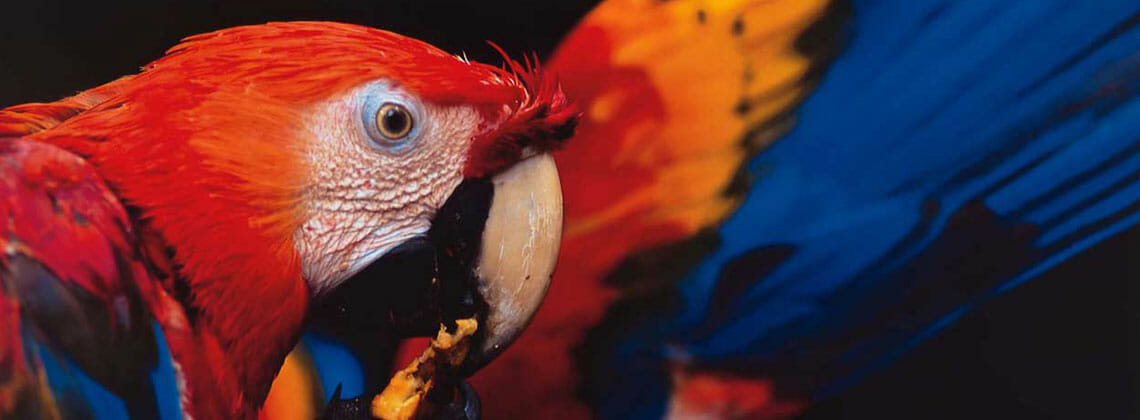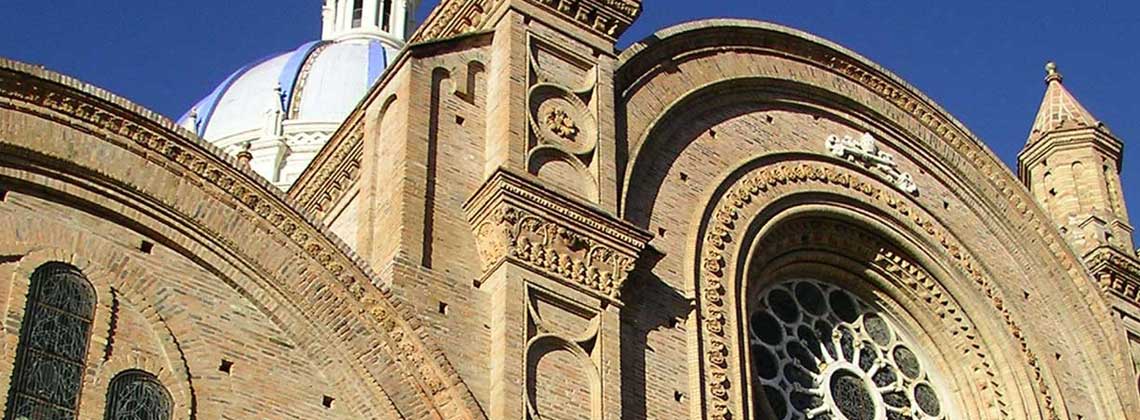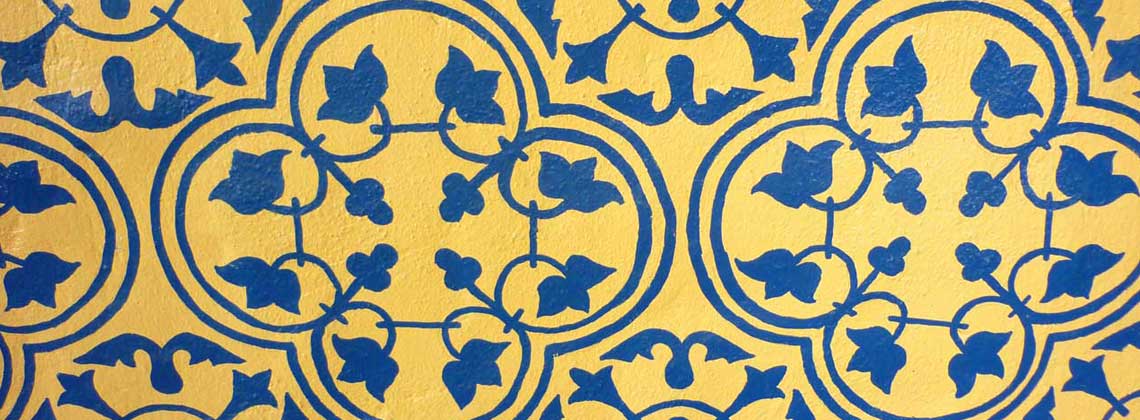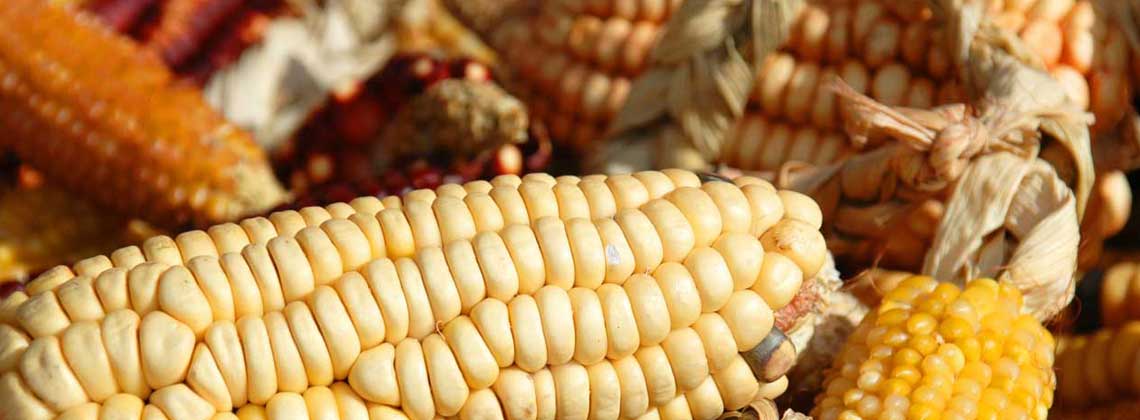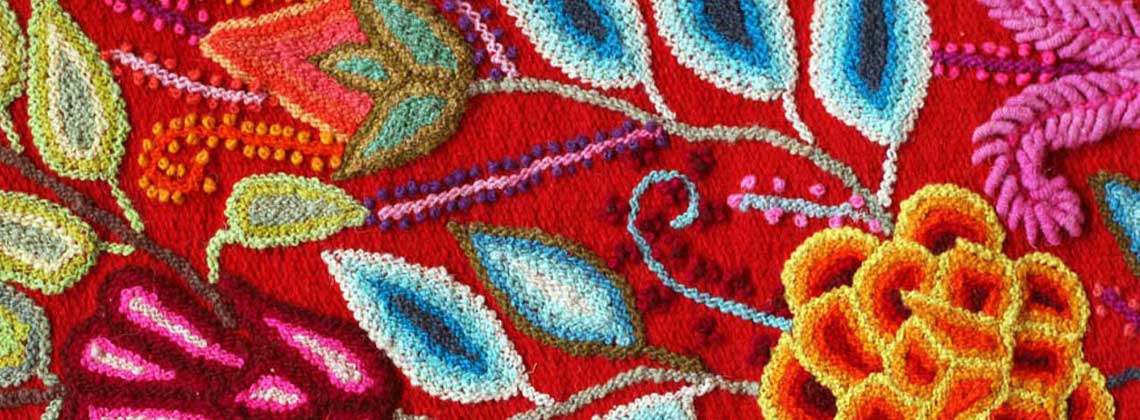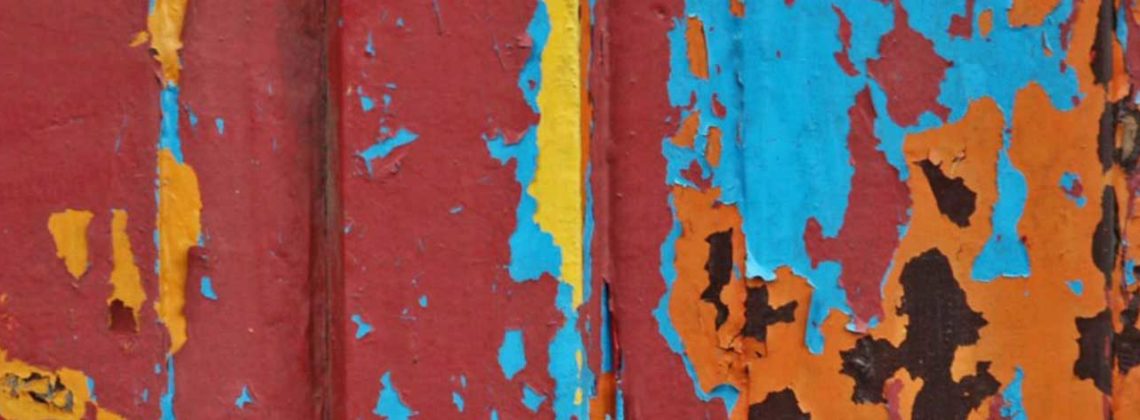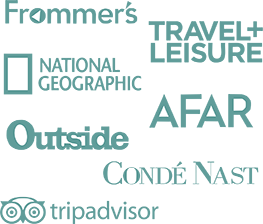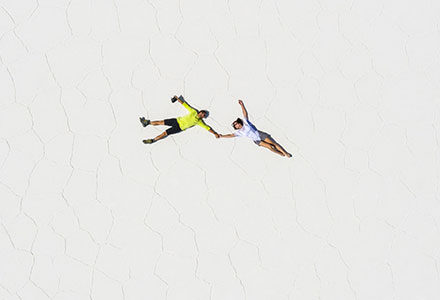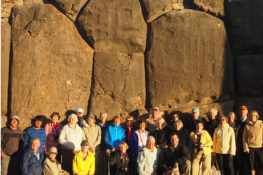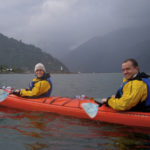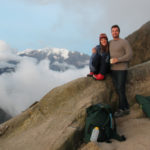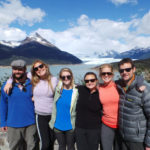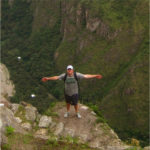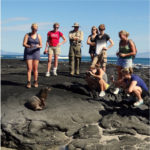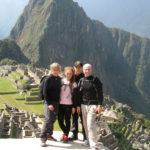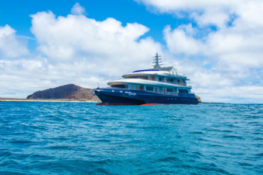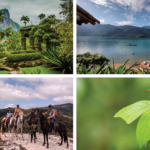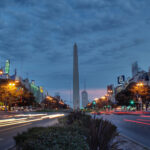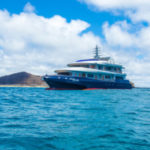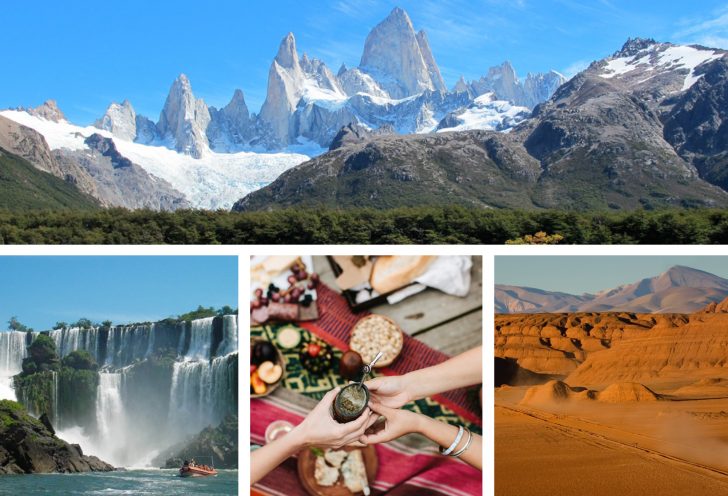
High peaks of the Andes give way to awe-inspiring glacial lakes, acclaimed vineyards, endless vistas of Pampas grasslands, and iconic Patagonian wilderness; this is Argentina. The thunderous Perito Moreno Glacier in the south to the immense Iguazú Falls in the north continue Argentina’s extensive list of natural wonders. A place where gaucho cowboys preserve the traditions of the estancias, and Argentine barbecue asados are prepared with pride and devoured in bliss. Soccer fans shout and the bold flavors of Argentine wine mix with the European-influenced stately buildings and culinary delights of the bustling streets of Buenos Aires.
Here we’ve compiled a list of essential information about Argentina, divided into 6 distinct regions. Read about Argentina weather, points of interest, when to go, travel tips and what to pack.
Knowmad is an Argentina travel expert. To start the travel planning process call a Knowmad Trip Specialist at 612-315-2894, or send an email to [email protected]. For a list of more specific questions frequently asked by travelers heading to Argentina, check out the Argentina FAQ page.
History + Culture of Argentina
Before the arrival of European explorers in the early 16th century, the vast territory was inhabited by a number of indigenous groups, from hunters and gatherers in Tierra del Fuego and the Pampas regions to the semi-sedentary Guaraní in the Amazonian region and the Diaguita and Incans in the northwest. Unlike its neighbors to the north, Argentina has lost much of its indigenous heritage and has been greatly shaped by Spanish and Italian influences, from early Jesuit missionaries to massive migration up to the early 20th century, long after Argentina gained its independence from Spain. Like much of Latin America, Argentina spent the last century swinging from civilian to military rule, and between radical and conservative policies. Amongst the more well-known leaders were the Peróns in the 1940s and 50s, and the military junta and “Dirty War” of the 1970s, the repercussions of both still being felt today. Argentinos have an enormous country filled with a variety of landscapes. Discover the natural beauty and rich cultural history that this varied, awe-inspiring country has to offer.
Buenos Aires
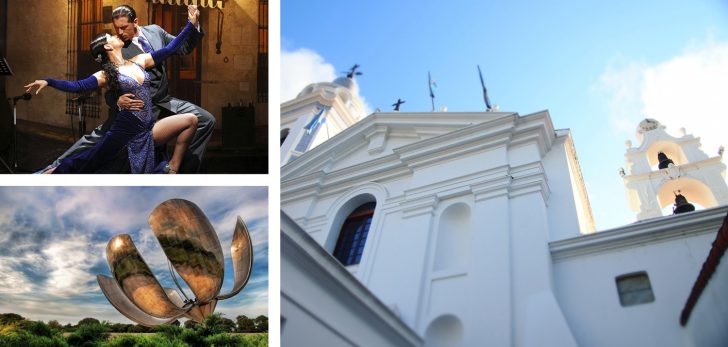
The vibrant capital city that never sleeps, Buenos Aires is made up of eclectic neighborhoods where gourmet restaurants mix with historic cafés, and fashionable nightclubs mingle with celebrated theaters and museums. Buenos Aires is like a carnival ride, mosaics of color scattering around you into the narrow streets of the old city and the broad avenues of modern growth. Soak in the unique architecture, beautiful plazas and colorful culture of this famed city as you see the elegance of Avenida de Mayo, cobbled streets and brilliant facades in La Boca, mansions of Art Nouveu and French architecture, and the rose gardens of Palermo. See vibrant street art, ornate governmental buildings, and the mythical balcony of Evita’s addresses. Experience the porteños way of life as you pair excellent culinary experiences with spectacular architecture, and strolls through the parks with visits to dynamic cultural centers. Be mesmerized as you delve deep into the distinct neighborhoods of this seductive capital city.
- Tango Born from a mixture of African, gaucho and European roots, tango is a complex mixture of art and intense expression of Argentine ideals.
- Cementerio de la Recoleta Wander through marble mausoleums and peak into crypts of the rich and famous at South America’s most opulent and extraordinary cemetery.
- Teatro Colón This theater occupies an entire city block, and the astonishing acoustics of the iconic landmark explain how it has become a global landmark for opera and classical performances.
BUENOS AIRES, ARGENTINA WEATHER + WHEN TO GO
The weather is mild in Buenos Aires during fall (March-May) and spring (September-October), with temperatures in the 60s-70s˚F. During the hot and humid summer (November-March) the average highs are in the 80s˚F. Winter temperatures (June-August) are moderated by the South Atlantic with temperatures in the 50s˚F. While the city is alive year-round, the spring and summer are lovely times to visit Buenos Aires to take advantage of milder temperatures while still being able to visit Patagonia.
BUENOS AIRES TRAVEL TIP Don’t miss the unique and intimate puertas cerradas (closed door) restaurants, where chefs prepare special menus for a small group of reservation-only guests.
SAMPLE ITINERARY For a more in-depth look at South America, take a look at this comprehensive South America vacation that includes visits to Argentina, Chile and Peru.
WHAT SHOULD I PACK FOR A TRIP TO BUENOS AIRES?
In Buenos Aires you’ll see an eclectic and chic cosmopolitan style. If you plan to go out to shows or high-end restaurants in the evening, make sure you pack a few dressier outfits but when selecting footwear keep in mind that the streets in the city can be uneven. In the city, a cross-body bag or purse is the best, and you might consider carrying an umbrella as there can be showers year-round. For fans of shopping, it’s important to save plenty of room (and weight) in your luggage as Buenos Aires is a shopper’s paradise for clothing, leather goods, and handicrafts.
Southern Patagonia

South Argentine Patagonia boasts wild beauty of rugged lakes, forested peaks and endless skies. The picturesque landscapes of streams and pristine lagoons, as well as giant ice formations, are preserved within impressive national parks. The Adela mountain range and the continental ice fields make a stunning backdrop for Los Glaciares National Park, and the villages of El Calafate and El Chaltén are surrounded by arid steppe punctured by teeth-like mountain summits. Embedded in traditions and legends, this sweeping countryside stretches all the way to the world’s southernmost city, Ushuaia, where adventurers can embark on cruises to the tremendous Beagle Channel and onward to Tierra del Fuego. Wild and windblown, often the solitude is only punctured by a guanaco grazing or a condor circling above. Follow in the footsteps of centuries of adventurers and explorers as you satisfy the yearning for the impressive spaces of this remote part of the world.
- Perito Moreno Glacier The vibrant blue colors of this sprawling glacier and the thunderous sounds of its growth are awe-inspiring as icebergs crash into Lago Argentino. Watch from scenic overlooks, photographic viewpoints, or even better – by boat.
- El Chaltén The alpine architecture of El Chaltén nestles into the landscape of the Fitz Roy mountain range. Climb and trek through the spires and points of Mt. Fitz Roy and Cerro Torre on world-class trails through native lenga trees and shrub prairie.
- Estancias and Lodges For an incredible cultural and natural experience, spend some time at one of the estancias or lodges in the area. Our favorites are Estancia Cristina and Nibepo Aike near El Calafate, and the Aguas Arriba Lodge near El Chaltén.
SOUTHERN PATAGONIA, ARGENTINA WEATHER + WHEN TO GO
The summer season in Patagonia is November through March, and daytime temperatures are typically in the 50s and 60s˚F. It can rain at any time of year and can also be windy. Temperatures in Patagonia can drop to near freezing at night. During winter, Southern Patagonia is cold and often has snow, and during these times there are very few visitors. Shoulder season on either side of the busy summer months can be a great time to visit.
SOUTHERN PATAGONIA TRAVEL TIP Before departing El Calafate for hiking trips in smaller towns like El Chaltén, pick up extra snacks. As one of the largest towns in the area, El Calafate has a better selection of food at better prices, and you can find bulk nuts, dried fruits, and more, healthier options.
SAMPLE ITINERARY The Argentina + Chile Adventure Trip highlights the best of Southern Patagonia in both Argentina and Chile.
WHAT SHOULD I PACK FOR A TRIP TO SOUTHERN PATAGONIA?
Layerable, non-cotton clothing designed for hiking and athletics with a rain shell is the recommended outfit for a day in Patagonia. When hiking in the sunshine it can be warm enough for shorts and a T-shirt, and then hiking next to a glacier you will want several layering options with a wind shell. The variation in weather is part of what makes Southern Patagonia such a majestic place. When visiting Patagonia, a rain layer is an especially good idea.
Northern Patagonia + The Lakes District
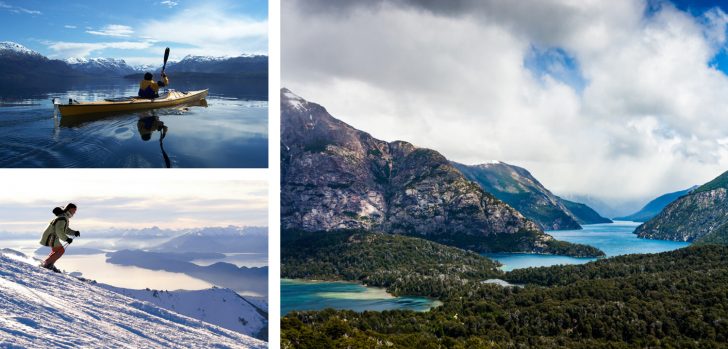
Deep forests dotted with clear glacial lakes and extinct volcanoes provide the lush beauty of Argentina’s Lakes District and Northern Patagonia. Cool evergreen forests surround the shores of Nahuel Huapi Lake, where natural overlooks provide magnificent views of the nearby mountains brimming with wild beauty. Visitors explore on foot, by kayak, by mountain bike and horseback, winding through the splendid landscapes of dense woodlands and meandering streams. Picnic lunches near one of the many glacial-fed mountain lakes in the area allow time to revel in the magnificent views of Argentina’s “little Switzerland.”
- Bariloche The adventure base on the shores of Nahuel Huapi Lake, embark from the wooden chalet architecture to ski, hike, or visit one of the region’s breweries. A stop at one of the chocolate shops is also a must.
- Isla Victoria Enjoy the crystal-clear waters of Nahuel Huapi Lake on the boat out to Isla Victoria. From the abundant woodlands and the sand beaches, delight in views of the surrounding mountains and snow-capped peaks.
- Andes Lake Crossing Bariloche is the perfect jumping off point to cross the border with Chile. With one and two-day options, this magical trip takes you through lakes, mountains, rainforests, and more via a combination of land and water crossings.
NORTHERN PATAGONIA, ARGENTINA WEATHER + WHEN TO GO
The summer season in Patagonia is November through March, and daytime temperatures are typically in the 50s and 60s˚F. It can rain at any time of year and can also be windy. The Northern Patagonia or Lakes Region is similar to Southern Patagonia but a bit warmer and wetter. During winter, Northern Patagonia is quite rainy but there are fewer visitors, so this can be a great time to enjoy the region’s beauty to yourself.
NORTHERN PATAGONIA TRAVEL TIP If you have fewer than five days to visit Patagonia, the Lakes District/Northern Patagonia is a great alternative to Southern Patagonia as it requires much less travel time. Also, for those who want to avoid the often large price tag of trips further south, this region provides a great alternative with stunning beauty at a lower cost of travel.
SAMPLE ITINERARY The Explore Chile, Argentina + Patagonia Trip Idea stops in Central Chile and Chilean Wine Country, Chile’s Northern Patagonia, Argentina’s Northern Patagonia, and the cosmopolitan capitals of both countries.
WHAT SHOULD I PACK FOR A TRIP TO NORTHERN PATAGONIA + THE LAKES DISTRICT?
Similar to Southern Patagonia, non-cotton clothing layers designed for athletics and a wind shell is the recommended outfit for a day in Northern Patagonia. Note that the sun at this latitude can be intense, so a hat and sunblock is also key. Including a wind shell and a rain layer in your gear is a great way to be prepared for the weather in Patagonia that can change by the hour.
Mendoza + Wine Country
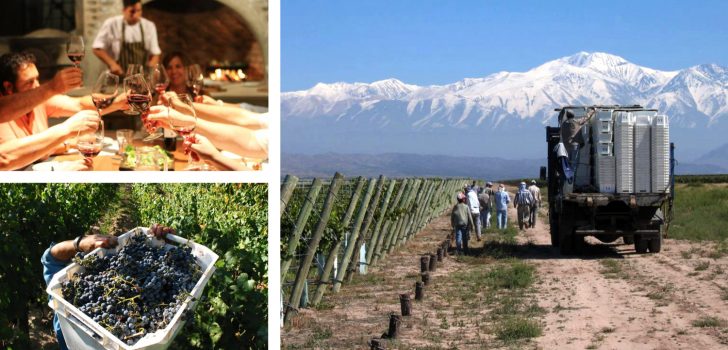
Nestled at the foot of the Andes mountains, the wine-mecca of Mendoza delights with its world-famous vineyards. Oases of luscious vineyards and respites of country homes pepper this beautiful region, and flavorful and vibrant wines pair with a decadent culinary scene in the relaxing atmosphere of Argentina’s wine country. The vineyards found here are the focuses of the country’s wine and wine tourism industry. Around every corner, find opportunities to savor one of many award-winning malbecs or syrahs while relaxing in the mountain scenery.
- Mendoza Five central plazas and tree-lined avenues overflow with vibrant life, especially in the evening. The relaxing pace of Mendoza invites you to sit down for a glass of wine. Or two.
- Luján de Cuyo & Valle de Uco Two premier vineyard valleys, each winery boasts its own personality and delightful tastings of their highly-celebrated Argentine varietal wines.
- Quebrada del Condor A gorge of a rainbow of reds and oranges, here panoramic paths spotlight unique geological formations and sightings of condors abound.
MENDOZA & WINE COUNTRY OF ARGENTINA WEATHER + WHEN TO GO
Located in western Argentina close to the Andes Mountains, Mendoza’s climate is comparable to California. Summers can be very hot and dry with temperatures in January reaching 100˚F, however the lack of humidity makes it more bearable than a 100˚F day in Buenos Aires, for instance. Nights are cooler. Like Buenos Aires, Mendoza is a good year-round destination, and the wine is always flowing. The best time to go depends on your interests. The beginning of March is the National Grape Harvest Festival, with artistic performances, fireworks, and many other events, but harvest season (March-May) is also the busiest time of year. Winter is off-season and is much quieter, but there is still plenty of sun and the vineyards still offer tours. Summers are hot and sunny, while spring is lovely as the region is in bloom.
MENDOZA TRAVEL TIPIn addition to sampling wine, there are ample active adventures to be had. The Mendoza region has plenty of horseback riding, biking, whitewater rafting, and hiking opportunities, and is also home to Aconcagua, the highest mountain in both the western and southern hemispheres.
SAMPLE ITINERARY This incredible sample itinerary has you traveling to Argentina and Chile and includes visits to wine country, Patagonia and more.
WHAT SHOULD I PACK FOR A TRIP TO MENDOZA & WINE COUNTRY?
During the day, nice, casual outfits are perfect for visiting wineries and discovering the region. Depending on your itinerary, you may want to consider bringing a few nicer outfits for special dinners. Bring sunscreen and other sun protection for the daytime, and hats and a layer for warmth at night. The weather in Wine Country is arid, so make sure you pack moisturizing lotion. Contact lens wearers may also want to consider packing eye drops or glasses, as the dusty air can irritate your eyes.
Salta + The Northwest
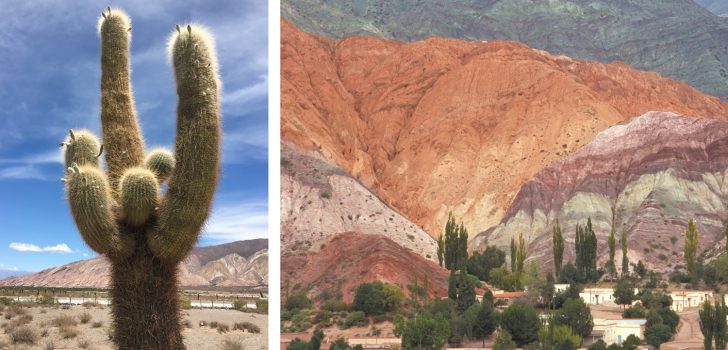
Striped mountainsides contrast with colonial chapels, while lush valleys sit against dry cacti forests in the stunning scenery of the Argentine northwest. Mountain bike through the mineral-colored gorges of Humahuaca, wander the cobblestone streets of colonial cities Salta and Cachi, and taste wine from some of the highest vineyards in the world near Cafayate. The colorful canyons and desert panoramas provide a striking backdrop to the whitewashed buildings and adobe clay structures of the sun towns. In this arid landscape, colonial villages with plaza cafés nestle against dazzling multi-hued mountains and picturesque canyons scoured by wind and water. The dramatic colors of this dry region and the colonial history mix into a vivid and surreal landscape found nowhere else on this planet.
- Salta An iconic Spanish colonial city, Salta houses the Church of San Francisco adorned with fine architectural ornaments and the impressive High Mountain Archeological Museum. Enjoy the relaxing ambiance in the plazas lined with lofty trees.
- Quebrada de Humahuaca & Quebrada de Cafayate Many-hued waves of sediments create incredible formations in these dry river canyons, a reminder of the sheer power of water as the color pallet shifts between creamy whites to deep reds.
- Cachi Narrow cobbled streets of this postcard-pretty colonial village lead onward to Volcán Los Gemelos and to spectacular views of the snow-capped Nevado de Cachi (18,000 feet). Sunny days and refreshing nights greet you in Cachi.
SALTA & NORTHWEST ARGENTINA WEATHER + WHEN TO GO
This region contains many elevation changes, with the majority of the population living in low valleys with a pleasant climate. To the west is the altiplano or high plains, which are arid and about 12,000 feet above sea level. Temperatures are warmest in January, averaging highs in the 70s˚F, and this time of year is also the wettest. Winter temperatures average in the 50s˚F, with June being the coldest month. Temperatures fluctuate greatly depending on the sun, and mornings and evenings can be decidedly cool. As the weather is temperate year-round, there is no bad time to visit Salta, but traveling between April and November can lower the chances of rain.
SALTA TRAVEL TIP Salta is a great jumping off spot to explore the region, which includes Purmamarca, sitting under the Hill of Seven Colors, salt flats, Cafayate and the painted hills, the archaeological sites of Tilcara, and much more.
SAMPLE ITINERARY Most flights to Salta will connect through Buenos Aires, which acts as the gateway to every region in Argentina. By land, the region is a few hour’s drive from the otherworldly Atacama Desert and its luxury lodges. Inquire with a Knowmad Trip Specialist at 612-315-2894 or [email protected] to begin planning your custom South America trip that includes Salta and the Northwest.
WHAT SHOULD I PACK FOR A TRIP TO SALTA + THE NORTHWEST?
Sunscreen, a hat, sunglasses, and lip balm with sunscreen are very important items on your packing list. This region is less cosmopolitan, so relaxed, comfortable, and activity-appropriate clothing is best. If you will be doing a lot of hiking, be sure to bring hiking shoes or boots that are already broken in so to avoid painful blisters. As temperatures can fluctuate greatly throughout the day, don’t forget a jacket for mornings and evenings. During the summer months (December-February), your jacket should be waterproof, as summer is the rainy season.
Iguazú Falls
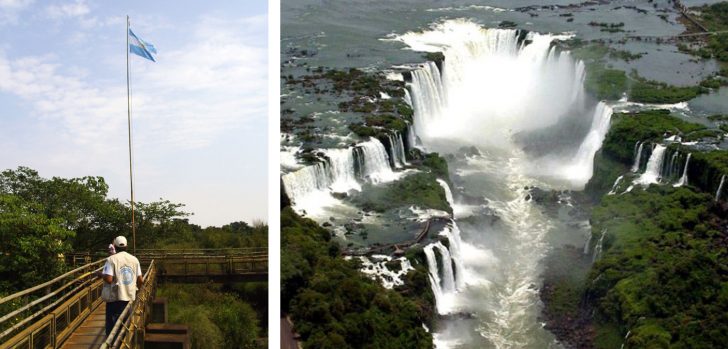
Immersed in dense jungle on the border between Argentina and Brazil, a peaceful river turns into an incredible series of 275 waterfalls to form Iguazú Falls, a wall over a mile wide of thunderous and majestic power. Regionally known by the simple name “Las Cataratas,” “The Falls” has the sixth largest water flow in the world. Emerald colors of subtropical rainforest dance with the brilliant colors of the flitting butterflies and diving birds, as the river tumbles into the immense chasm of the Devil’s Throat. A Natural Wonder of the World, these jaw-dropping waterfalls leave you speechless as you feel the mist on the walkways nearby and realize that even the panoramic lens on your camera is incapable of capturing the majesty of this UNESCO Natural Heritage Site. Follow the link to learn more about traveling to Iguazú Falls.
- Devil’s Throat The most impressive of the 275 waterfalls, follow the paths until you are right above the Devil’s Throat. Here you can experience the true power of the falls.
- Exploring the trails Approximately 80% of the waterfalls are on the Argentinian side of Iguazú, and there is a web of pathways taking you to different areas with a variety of views of the park and the waterfalls.
- Boat ride One of the most popular activities at Iguazú, and for good reason. Experience the falls from the water as you speed along the river and pass beneath a cascade.
IGUAZÚ, ARGENTINA WEATHER + WHEN TO GO
A subtropical climate with abundant precipitation and high temperatures year-round, the summer months (December- February) are the wettest and most humid. Summer temperatures can reach the 80s and 90s˚F, while winter months average highs in the 70s˚F. While you can visit at any time, if you are flexible it’s best to go outside of January and February, as the hot, humid weather and high visitor traffic can make the experience less enjoyable.
IGUAZÚ TRAVEL TIP Visit both sides of the falls for a 360-degree experience. Start at the Brazilian side for a wide panorama as cascade after cascade is slowly revealed. Then hop over to the Argentina side for a boat ride into the mist right beneath the falls.
SAMPLE ITINERARY Highlighting the extremes of Argentina, this Active Argentina Adventure Trip includes the city of Buenos Aires, the jungle and waterfalls of Iguazú, and the rugged mountains and lakes of Patagonia.
WHAT SHOULD I PACK FOR A TRIP TO IGUAZÚ FALLS?
Due to the subtropical climate, it is important to pack your rain jacket for a visit to Iguazú. Light-colored, light-weight clothing is also recommended, and pants and long-sleeves are handy to ward off insects. Additionally, it’s important to remember to bring plenty of sunscreen and insect repellant, and a light jacket for cool nights if you are traveling in the winter.
We Put the Know in Knowmad
Planning a trip to Argentina might seem a little overwhelming at first. Sometimes the easiest way to get started is to simply give us a call at 612-315-2894, or send us a quick email at [email protected].
Hasta pronto,
Knowmad Adventures
Know mad Adventures works closely with independent-minded travelers creating innovative trips to South America. Our specialists in Patagonia, Chile, Machu Picchu, Peru, Argentina, the Galapagos Islands, Ecuador and Antarctica are eager to collaborate and create a trip as unique and authentic as you are, and our experienced South American operations team guarantees you get an insider’s perspective, superior values, and a flawlessly operated trip.
mad Adventures works closely with independent-minded travelers creating innovative trips to South America. Our specialists in Patagonia, Chile, Machu Picchu, Peru, Argentina, the Galapagos Islands, Ecuador and Antarctica are eager to collaborate and create a trip as unique and authentic as you are, and our experienced South American operations team guarantees you get an insider’s perspective, superior values, and a flawlessly operated trip.

